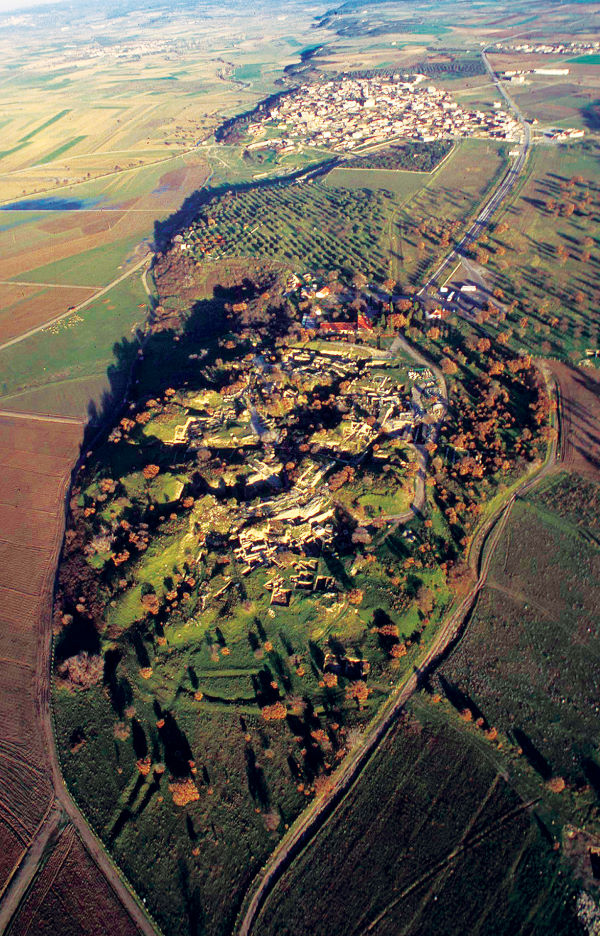
Troy was accepted as UNESCO's World Heritage site in 1998. His excavations made clear, that Troy is Wilusa, a city mentioned in Hittite texts, and therefore the ally of the powerful Hittite empire with its capital in Boğazköy/Hattuscha. Troy/Ilion and Wilusa/Truisa were indeed the same place. This made Troy/Wilusa an Anatolian city. Last but not least, with the new informations about the lower city and its defense system, Troy was clearly the capital city of the Troad and a powerful local power in the 2nd millennium B.C.E. until it was destroyed in the "Trojan War' in 1180 Β.C.E.
Troy and History of The Excavations
- 31 Who excavated Troy first?
- 32 How much of Troy has been excavated?
- 33 Which methods are used in the excavations?
- 34 In which layer was the “Priamos Treasure“ found?
- 35 Where is “Priamos Treasure“?
- 36 Are some written documents found in Troy excavations?
- 37 What was the reason of Korfmann's excavations?
- 38 What had changed the excavations of M. O. Korfmann?
- 39 Was Troy a trade center?
- 40 What would happen if Troy was not excavated?